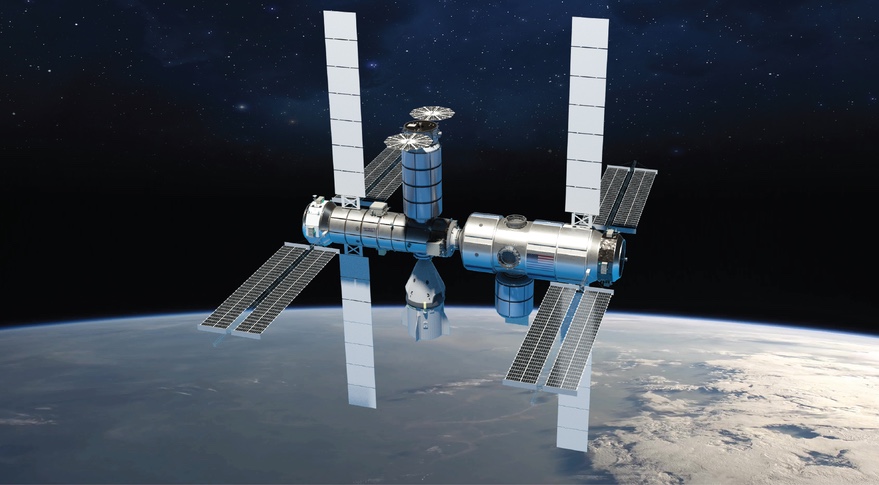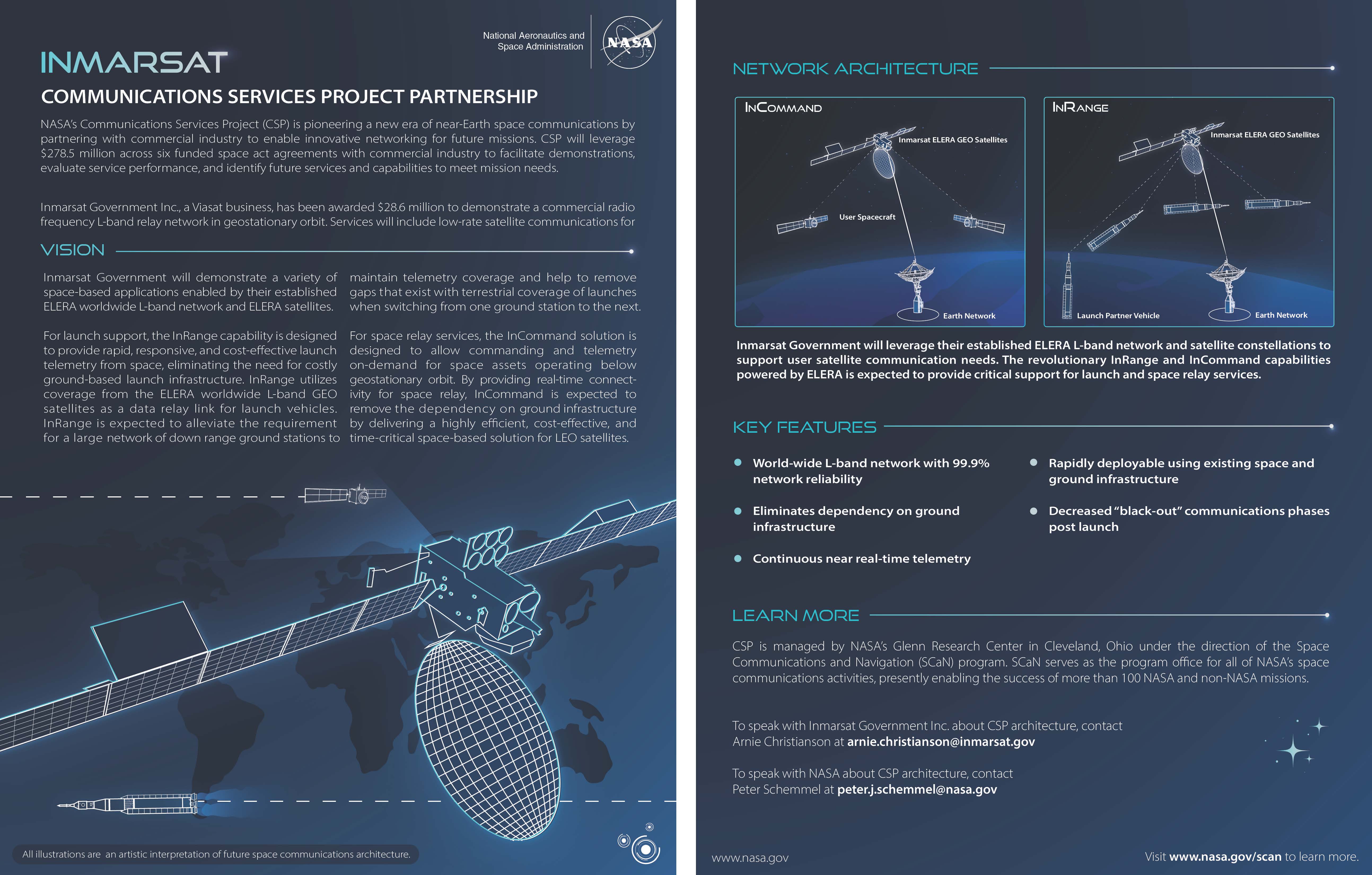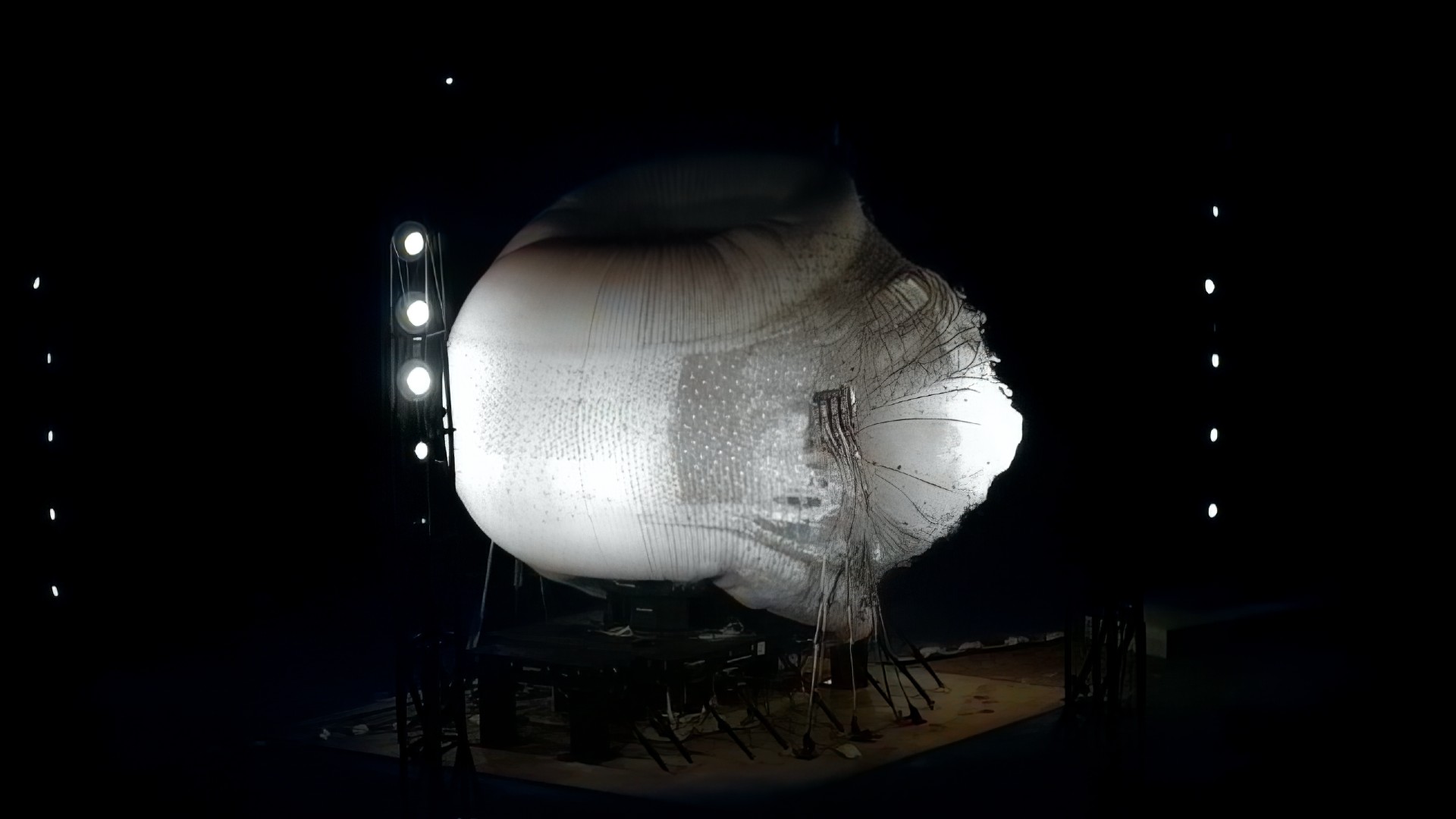Researchers at MIT and the University of Texas at Austin have captured images of a light-induced metastable phase hidden from the equilibrium universe using a variety of sophisticated spectroscopic instruments. Using single-shot spectroscopic methods, they observed this transition in real-time on a 2D crystal with nanoscale changes in electron density.
Through this work, researchers showed the birth and evolution of a hidden quantum phase induced by an ultrashort laser pulse in an electronically modulated crystal.
Zhuquan Zhang, co-lead author and current MIT graduate student in chemistry, said, “Usually, shining lasers on materials is the same as heating them, but not in this case. Here, irradiation of the crystal rearranges the electronic order, creating an entirely new phase different from the high-temperature one.”
Keith A. Nelson, the Haslam and Dewey Professor of Chemistry at MIT, said, “Understanding the origin of such metastable quantum phases is important to address long-standing fundamental questions in nonequilibrium thermodynamics.”
Edoardo Baldini, an assistant professor of physics at UT-Austin, said, “The key to this result was the development of a state-of-the-art laser method that can ‘make movies’ of irreversible processes in quantum materials with a time resolution of 100 femtoseconds.”
Covalently bonded layers of tantalum and sulfur atoms are layered loosely on top of one another to form the substance known as tantalum disulfide. The material’s atoms and electrons form tiny “Star of David” formations below a specific temperature; this unusual distribution of electrons is referred to as a “charge density wave.”
Baldini said, “The formation of this new phase makes the material an insulator, but shining one single, intense light pulse pushes the material into a metastable hidden metal. It is a transient quantum state frozen in time. People have previously observed this light-induced hidden phase, but the ultrafast quantum processes behind its genesis were still unknown.”
Nelson said, “One of the key challenges is that observing an ultrafast transformation from one electronic order to one that may persist indefinitely is not practical with conventional time-resolved techniques.”
The researchers developed a novel technique that included splitting a single probe laser pulse into hundreds of discrete probe pulses that all arrived at the sample at various points before and after switching was started by a different, ultrafast excitation pulse. They created a video that offers tiny insights into the mechanisms through which transformations occur by monitoring changes in each probe pulse after they were reflected from or transmitted through the sample.
Zhiyuan Sun, a Harvard Quantum Institute postdoc, said, “By capturing the dynamics of this complex phase transformation in a single-shot measurement, the authors demonstrated that the melting and the reordering of the charge density wave leads to the formation of the hidden state.”
Scientists noted, “While this study was carried out with one specific material, the same methodology can now be used to study other exotic phenomena in quantum materials. This discovery may also help develop optoelectronic devices with on-demand photoresponses.”
Journal Reference:
- Franky Gao, Zhequan Zhang, et al. Snapshots of a light-induced metastable hidden phase driven by the collapse of charge order. Science Advances. 22 Jul 2022. Vol 8, Issue 29. DOI: 10.1126/sciadv.abp9076
Note: This article have been indexed to our site. We do not claim legitimacy, ownership or copyright of any of the content above. To see the article at original source Click Here













